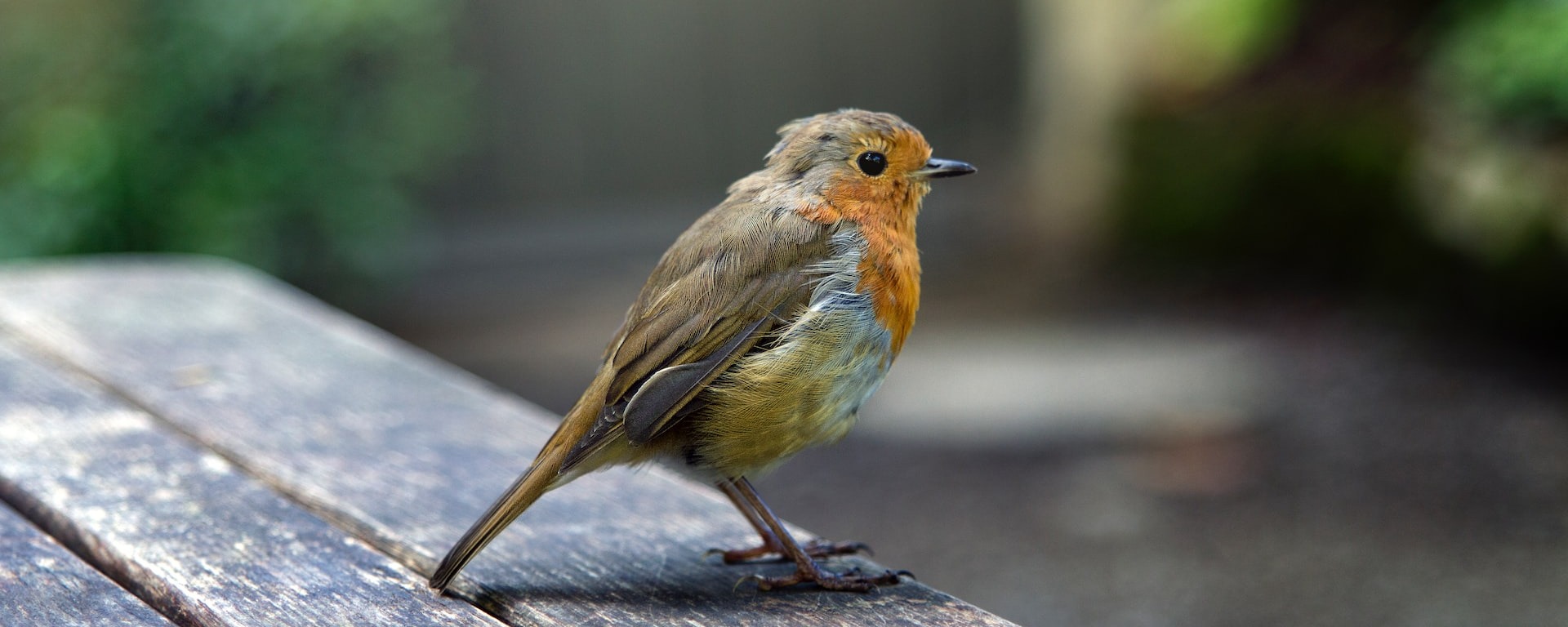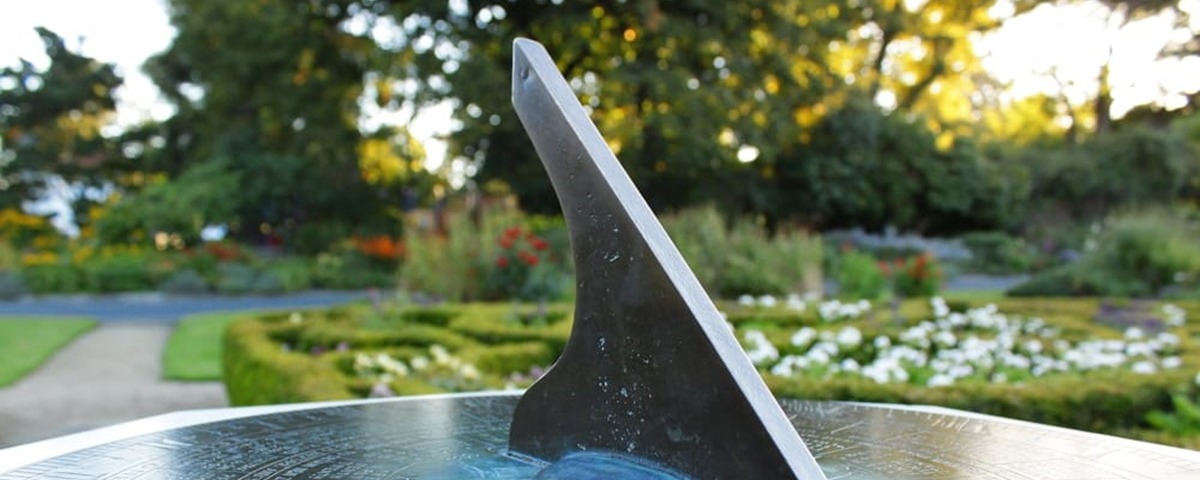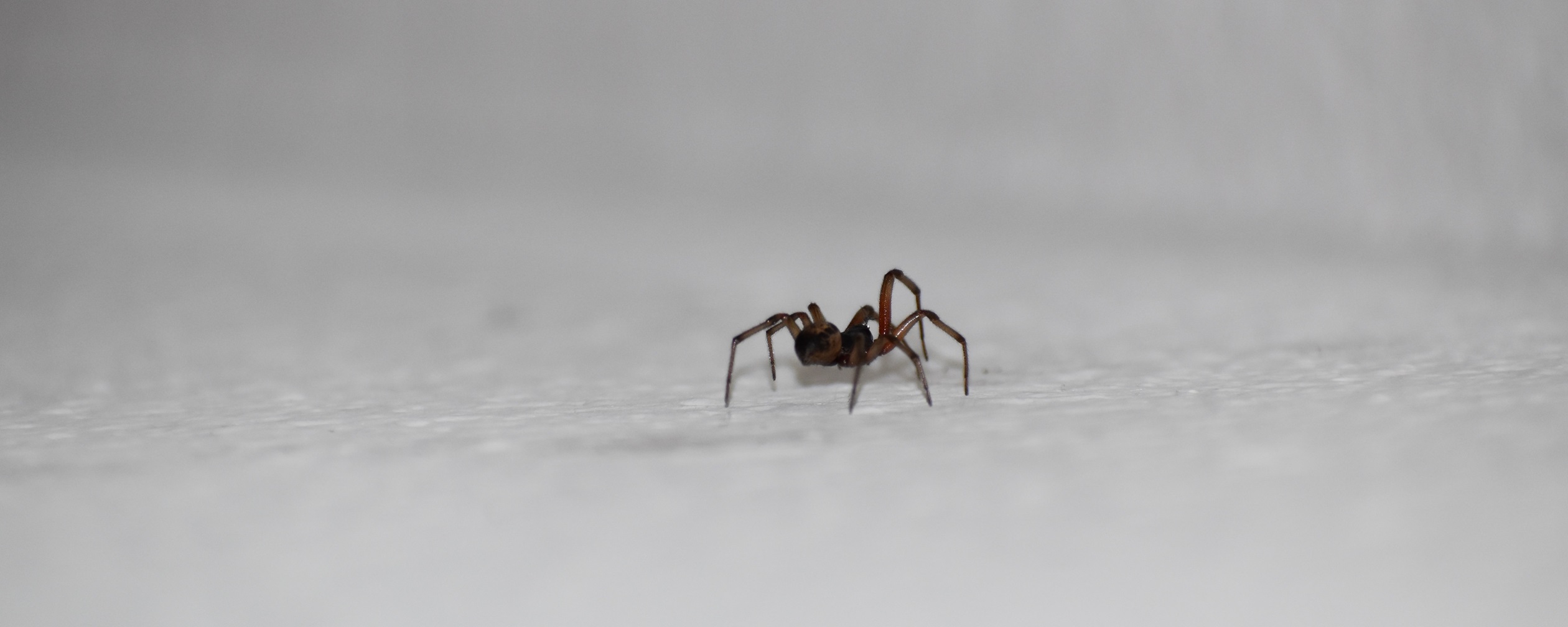
Whether you have a small balcony or a spacious lawn, everyone can do their bit to encourage a healthy ecosystem in their garden.
The Wildlife Trust estimates that there are 24 million gardens in the UK . With a few simple measures, we can help protect and preserve any animals that might find themselves wandering in.
Here are eight top tips to encourage wildlife into your garden in the UK.
Why are gardens important for wildlife?
Building a wildlife garden is important for several reasons. They can:
• Provide shelter
• Offer food and water sources
• Allow for safe breeding sites
1. Let your garden grow
The easiest way to encourage wildlife into your garden is to do nothing. Letting your garden grow naturally is a great starting point. This doesn’t mean your whole lawn needs to become a jungle, but any area you can donate will be appreciated by our small friends.
Leaving your grass uncut, or a portion of it, will allow dandelions and daisies to grow, attracting insects looking for pollen and nectar. In turn, this will entice birds and small mammals, like hedgehogs, that are searching for food.
Native plants, such as Monkshood, Broom and Catmint, will attract a variety of garden-friendly insects, including ladybirds, lacewings and moths.
To give your garden even more wildlife appeal, in a sunny patch, scatter wildflower seeds over the rough grass. Field poppies, ox-eye daisies and cornflower seeds will create a fairytale meadow for butterflies and bees.
2. Grow a mix of trees and shrubs
Berry-bearing trees and shrubs are important for many animals, as they provide food sources and a place for shelter, nesting and breeding. The more you plant, the more attractive your garden will be.
Mountain ash is a great example. It’s regarded as the most garden-worthy native tree, with flowers, fruit, a glorious autumn colour and a shapely silhouette marking the changing of the seasons. The lush berries are especially useful for helping birds survive the winter when food is scarce.
Attractant plants like Limnanthes douglasii or Convolvulus tricolor can invite insects such as ladybirds and hoverflies. These animals help keep the garden bug-free as they’ve got an incredible appetite for gobbling up aphids.
3. Plant a hedge
Hedges offer shelter and food, mostly in the form of leaves, nectar-rich flowers, berries and fruits. This makes them successful hunting grounds for predators seeking insects.
Instead of using a fence, consider planting a hedge to benefit the wildlife in your garden. Native, evergreen holly is particularly useful as its flowers are a butterfly food plant, and birds will enjoy feasts of berries from it.
4. Create a pond
Unfortunately, half a million ponds have been lost from the UK countryside over the last one hundred years. As a result, garden ponds have become increasingly more important.
A well-planted pond will attract and support a range of aquatic wildlife. The margins will also provide food and shelter for frogs, birds, butterflies and dragonflies.
5. Provide food and water for birds
A great way to encourage birds into your garden is to offer a supply of food and water. This can be especially crucial during the winter months.
Ideally, provide a mix of food, including nuts, seeds, kitchen scraps or berries. However, wildlife should not become dependent on this food as their only source, so whilst it’s great to help them out occasionally, don’t supply it too often!
Something you can contribute all year round is a supply of clean, unfrozen water. This is vital during the UK’s hot summers and chilly winters, so be sure to keep it topped up.
6. Add a bird box
Some birds prefer building their nests in bushes and trees. However, cavity nest builders, such as Tree Swallows or American Kestrels, favour small holes and crevices.
Bird boxes are an ideal ready-made home for birds, giving them a safe place to raise their young. Be sure to place the box up high so it’s not accessible to any eager cats or dogs!
7. Compost your garden waste
Making a compost heap with leafy waste can provide a cosy home for small creatures who enjoy the heat released by the decomposition. It’s also an easy way to dispose of your garden waste and can offer a delicious dinner for any passing woodlice, worms, beetles or snails.
Used as mulch, compost heaps will attract various insects, which in turn provide the perfect meal for larger creatures like hedgehogs. Hedgehogs eat caterpillars, slugs, snails and mice, so they’ll certainly be a helpful hand in any war against pests.
8. Avoid using pesticides
Bumblebees are in rapid decline, so to prevent further losses, avoid using pesticides in your garden. To attract more bees, opt for traditional cottage garden plants with bright colours like blue, purple, white and yellow.
Ready to become a homeowner? Explore our range of 2, 3, 4 and 5 bedroom homes across the UK, as well as unique offers to help you move.
Contact our Sales Advisers today for more information.

